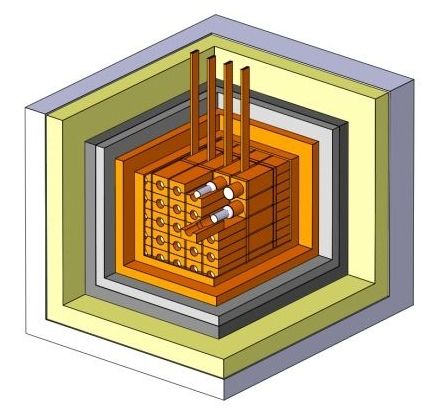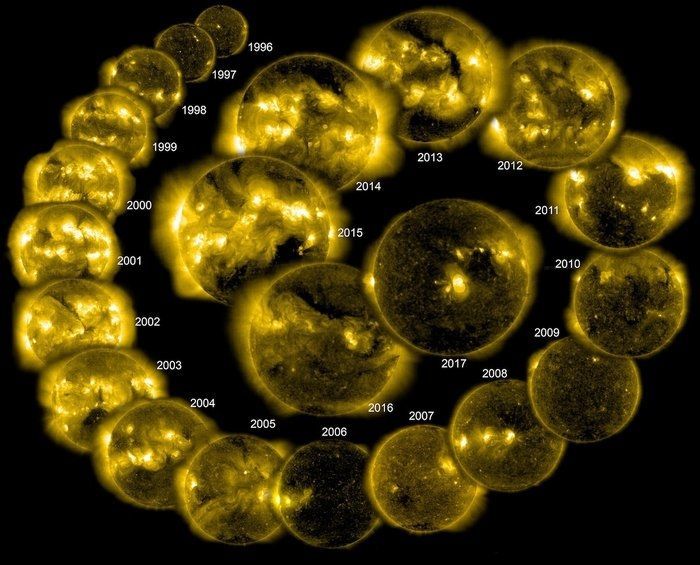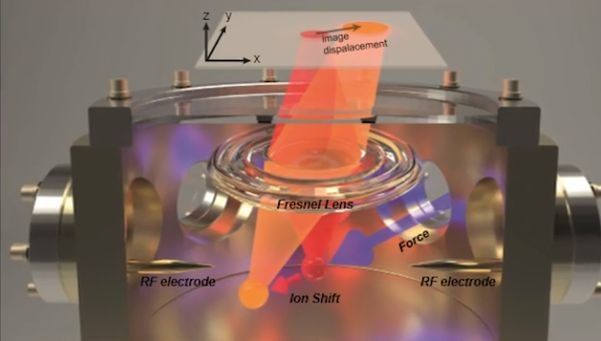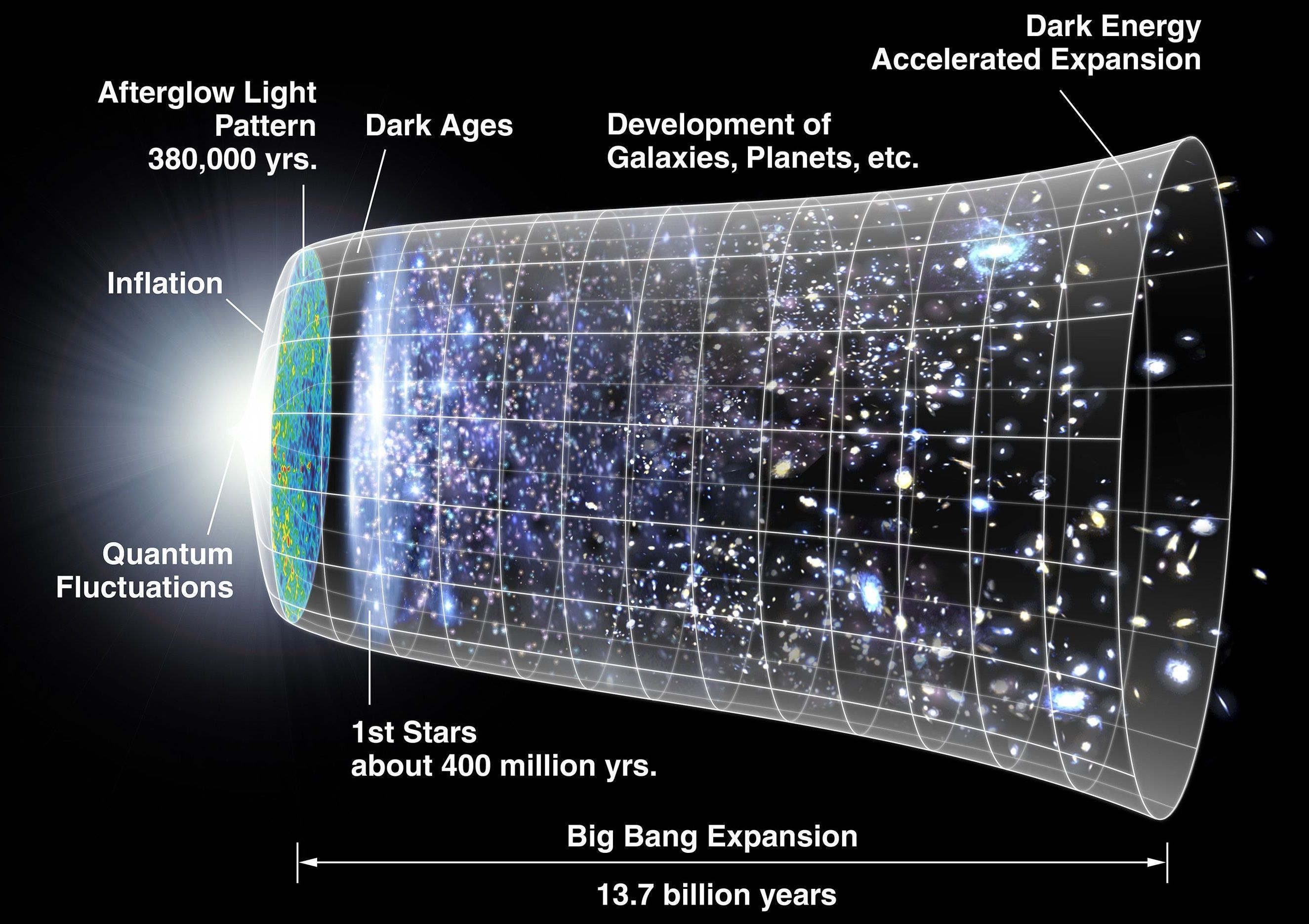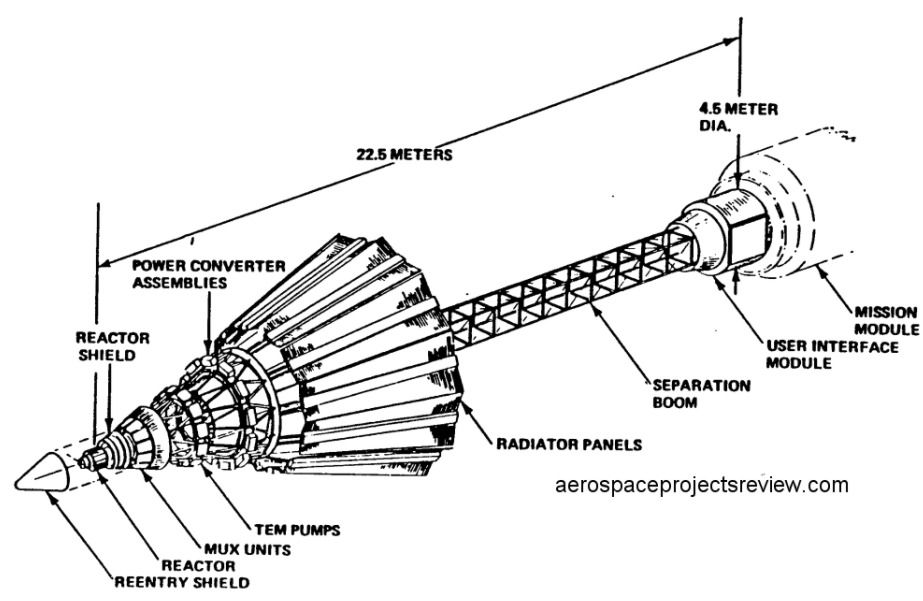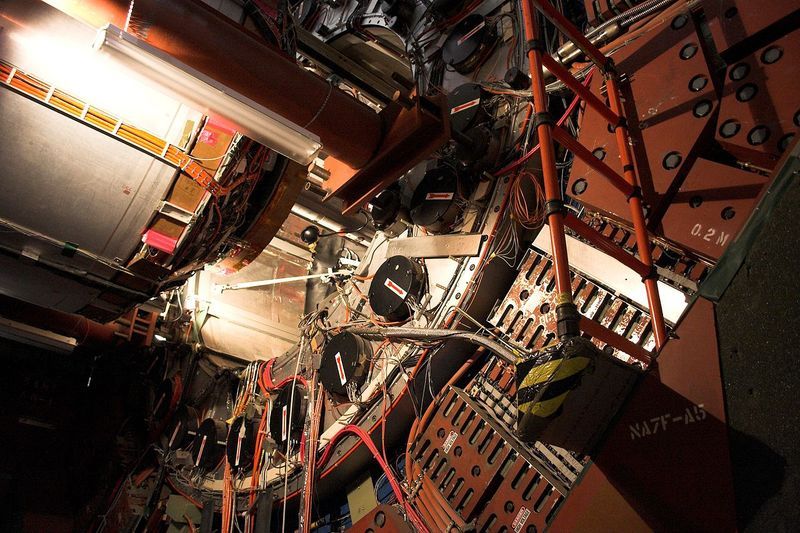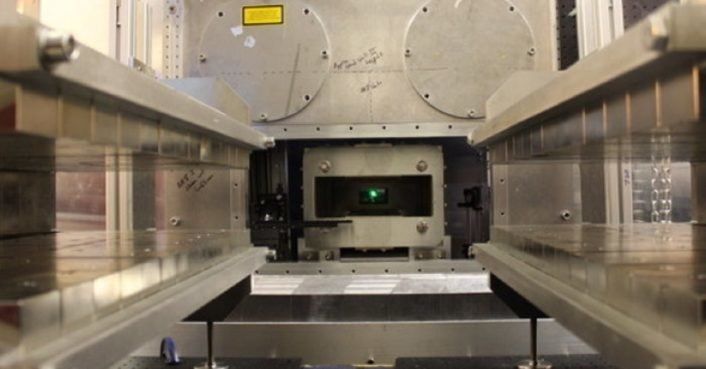Mar 28, 2018
This Supposed Dark Matter Evidence Won’t Seem to Go Away
Posted by Genevieve Klien in categories: cosmology, particle physics
This past June, 500 pounds of a specially fabricated crystal buried in an Italian mountain seemed to glow just a little brighter. It wasn’t the first time, nor the last—every year, the signal seems to increase and decrease like clockwork as the Earth orbits the Sun.
Some people think the crystal has spotted a signature of elusive dark matter particles.
Scientists from an Italian experiment called DAMA/LIBRA announced at the XLIX meeting of the Gran Sasso Scientific Committee that after another six years observing, the annual modulation of their crystal’s signal is still present. This experiment was specially built to detect dark matter, and indeed, DAMA/LIBRA’s scientists are convinced they’ve spotted the elusive dark matter particle. Others are more skeptical.
Continue reading “This Supposed Dark Matter Evidence Won’t Seem to Go Away” »
